Home>Garden Essentials>How Long Does It Take To Grow Carrots From Seed
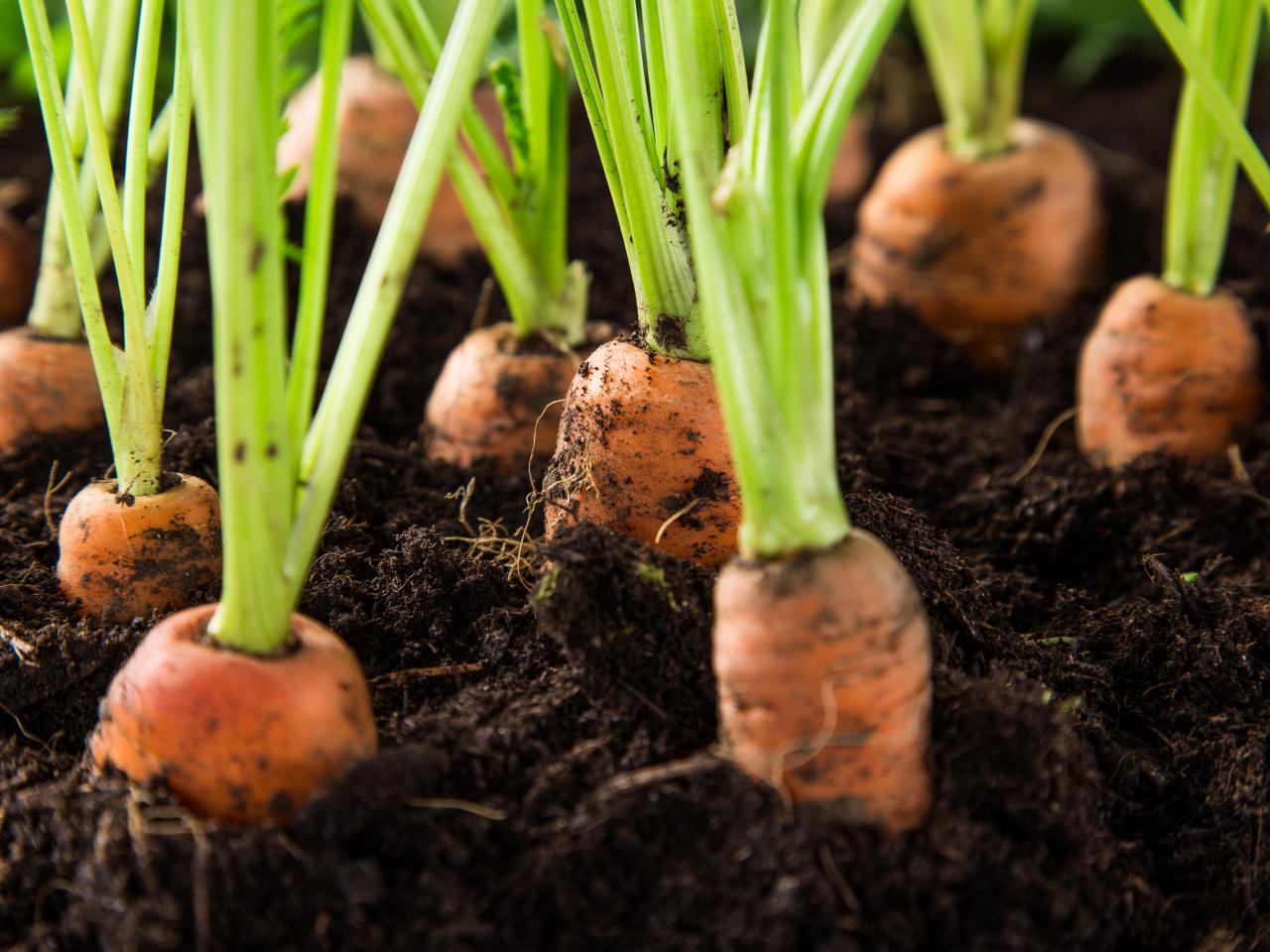

Garden Essentials
How Long Does It Take To Grow Carrots From Seed
Modified: April 22, 2024
Discover the time it takes to grow carrots from seed in your garden. Find out the secrets to successfully cultivating your own fresh and delicious carrots.
(Many of the links in this article redirect to a specific reviewed product. Your purchase of these products through affiliate links helps to generate commission for Storables.com, at no extra cost. Learn more)
Introduction
Carrots are one of the most popular and versatile vegetables grown in home gardens. With their vibrant color, sweet flavor, and health benefits, they are a favorite among both experienced gardeners and beginners alike. Growing carrots from seed can be a rewarding experience, but it requires patience and careful attention to detail. In this article, we will explore the process of growing carrots from seed, from choosing the right seeds to harvesting the fully mature carrots.
Carrots belong to the Umbelliferae family, which also includes parsley, celery, and dill. They are cool-season vegetables, meaning they prefer moderate temperatures and thrive in spring and fall. While they can be somewhat challenging to grow compared to other vegetables, with proper care, you can enjoy a bountiful harvest of homegrown, delicious carrots.
Before we dive into the details of growing carrots, it’s important to understand that different varieties of carrots have varying growth rates, shapes, sizes, and flavors. So, choosing the right carrot seeds for your garden is the first step towards a successful carrot-growing journey.
Key Takeaways:
- Choose the right carrot seeds based on size, shape, growing season, soil type, and resistance to pests. Proper soil preparation and timely sowing ensure successful germination and healthy growth.
- Harvest carrots at their peak maturity for the best flavor and texture. Pay attention to foliage development, root maturity, and environmental factors to optimize growth and yield.
Choosing the Right Carrot Seeds
When selecting carrot seeds, consider the following factors:
- Size and Shape: Carrots come in various shapes and sizes. Some are short and round, while others are long and tapered. Choose a variety that suits your preference and gardening space.
- Growing Season: Carrot varieties are classified into early, intermediate, and late maturing types. Determine the average frost-free dates in your area and choose a variety that aligns with your garden’s growing season.
- Soil Type: Some carrot varieties perform better in heavy soils, while others prefer lighter, sandy soils. Consider the characteristics of your soil to ensure optimal growth and harvest.
- Resistance to Pests and Diseases: Certain carrot varieties exhibit resistance to common pests and diseases, such as carrot root fly and powdery mildew. Selecting resistant varieties can help minimize potential problems.
Once you have selected the appropriate carrot seeds, it’s time to prepare the soil for planting. Proper soil preparation is crucial for providing optimal growing conditions and ensuring healthy carrot development.
…
Key Takeaways:
- Choose the right carrot seeds based on size, shape, growing season, soil type, and resistance to pests. Proper soil preparation and timely sowing ensure successful germination and healthy growth.
- Harvest carrots at their peak maturity for the best flavor and texture. Pay attention to foliage development, root maturity, and environmental factors to optimize growth and yield.
Choosing the Right Carrot Seeds
When it comes to choosing the right carrot seeds for your garden, there are a few important factors to consider. Different carrot varieties have varying growth rates, shapes, sizes, and flavors, so selecting the right seeds is essential for a successful carrot-growing journey.
Size and Shape: Carrots come in various shapes and sizes. Some are short and round, while others are long and tapered. The size and shape of the carrot you prefer will depend on your personal taste and the type of dishes you plan to use them in. If you love snacking on baby carrots, consider choosing a variety that stays small and round. On the other hand, if you enjoy using carrots for cooking or juicing, a longer and thicker variety may be more suitable.
Growing Season: Carrot varieties are classified into early, intermediate, and late maturing types. The growing season in your area will play a crucial role in selecting the right variety. Determine the average frost-free dates in your region and choose a variety that aligns with your garden’s growing season. Early maturing varieties can be planted as soon as the soil can be worked in the spring, while late maturing varieties are better suited for fall planting.
Soil Type: Carrots prefer well-draining soils that are loose and free of rocks. However, some varieties are better suited for heavy soils, while others thrive in lighter, sandy soils. Take note of the characteristics of your soil and select a variety that will perform well in those conditions. If you have heavy clay soil, choose a variety that is known for its ability to push through compacted soil. Conversely, if you have sandy soil, opt for a variety that can handle the quick-draining nature of this soil type.
Resistance to Pests and Diseases: Carrots are susceptible to various pests and diseases, such as carrot root fly and powdery mildew. Some carrot varieties exhibit natural resistance to these common problems. When choosing carrot seeds, look for varieties that are resistant to pests and diseases prevalent in your area. This can help minimize potential issues and reduce the need for chemical treatments.
There are countless carrot varieties available, each with its own unique characteristics. Some popular varieties include nantes, chantenay, imperator, and baby carrots. It’s a good idea to experiment with different varieties each year to discover which ones perform best in your garden and suit your taste preferences.
Now that you have selected the appropriate carrot seeds, it’s time to prepare the soil for planting.
Preparing the Soil for Carrot Planting
Properly preparing the soil is essential for successful carrot growth and development. Carrots thrive in loose, well-draining soil that is free from rocks, debris, and clumps. Here are some steps to follow when preparing your soil for planting carrots:
Clear the Area: Start by clearing the area of any weeds, roots, rocks, and debris. Carrots have delicate roots, and any obstructions in the soil can hinder their growth. Use a garden fork or tiller to loosen the soil and remove any large stones.
Amend the Soil: Carrots prefer a slightly acidic soil pH ranging from 6.0 to 6.8. Test the soil pH using a soil testing kit and adjust it if necessary. If the pH is too high (alkaline), you can lower it by adding elemental sulfur or organic matter like peat moss or compost. If the pH is too low (acidic), you can raise it by incorporating lime or wood ash into the soil.
Add Organic Matter: Incorporate organic matter into the soil to improve its structure, drainage, and fertility. Well-rotted compost, aged manure, or leaf mold are excellent choices. Spread a layer of organic matter over the planting area and work it into the top 6-8 inches of soil using a garden fork or tiller.
Loosen the Soil: Carrot roots need loose soil to grow straight and long, so it’s important to break up any clumps and create a fine seedbed. Use a rake or garden fork to break up the soil and create a smooth, level surface for planting.
Consider Raised Beds: If your soil has a heavy clay texture or poor drainage, consider planting your carrots in raised beds. Raised beds provide better control over soil conditions and ensure that the carrots’ roots have the loose, friable soil they need to grow properly.
Remove Rocks and Debris: Carrots can become distorted or stunted if they encounter rocks, debris, or compacted soil while growing. Take the time to meticulously remove any small stones, roots, or other obstructions from the soil to create an optimal environment for your carrot crop.
By preparing the soil properly, you provide a favorable environment for carrot roots to grow straight and develop fully. Once the soil is ready, it’s time to sow the carrot seeds.
Sowing Carrot Seeds
When it comes to sowing carrot seeds, there are a few key considerations to keep in mind. Proper spacing, soil moisture, and timing are crucial for ensuring successful germination and healthy seedling development. Here’s a step-by-step guide to sowing carrot seeds:
Choose the Right Time: Carrots are cool-season vegetables that prefer moderate temperatures. They can be planted as soon as the soil can be worked in the spring. Additionally, you can sow a second crop in late summer for a fall harvest. Timing your planting correctly will help ensure optimal growing conditions for your carrots.
Prepare the Soil: As mentioned before, carrots prefer loose, well-draining soil. Ensure that you have prepared the soil adequately by removing any obstructions, breaking up clumps, and incorporating organic matter. The soil should be finely textured and smooth before sowing the seeds.
Choose the Right Spacing: Carrot seeds are tiny, and it’s important to give them enough space to grow without overcrowding. Sow the seeds in rows, spacing them approximately 1 to 2 inches apart. To ensure the proper spacing, you can use your finger or a small dibber to create shallow furrows in the soil.
Sow the Seeds: Carrot seeds are best sown directly into the garden bed rather than starting them indoors. Sprinkle the seeds evenly along the furrows, aiming for a spacing of about 1/2 inch between each seed. Try to avoid clumping the seeds together, as this can lead to overcrowding and hinder the growth of the seedlings.
Lightly Cover the Seeds: Carrot seeds require some darkness for germination, so lightly cover them with a 1/4 to 1/2 inch layer of fine soil or vermiculite. The thin layer will help to retain moisture while allowing the seedlings to push through the soil easily.
Water Regularly: Carrot seeds need consistent moisture for germination. Keep the soil moist but not overly saturated. Avoid heavy watering that can cause the seeds to dislodge or form a crust on the soil surface. Using a gentle misting setting on a hose or a watering can with a fine rose attachment can help prevent disturbance to the seeds.
Thin the Seedlings: Once the seedlings emerge and reach a height of about 2 inches, it’s time to thin them to the appropriate spacing. Thin the seedlings to approximately 2 to 4 inches apart, allowing enough room for the carrots to grow and develop. Thinning ensures that each carrot has enough space to grow properly.
By sowing your carrot seeds properly and providing optimal growing conditions, you will set a solid foundation for healthy carrot plants. The next stage is the germination period, where the seeds will sprout and the seedlings will start to grow.
Read more: How Long For Carrots To Grow From Seed
Germination Period of Carrot Seeds
The germination period is an exciting time in the life cycle of carrot seeds. It’s the stage when the seeds begin to sprout, and the tiny seedlings emerge from the soil. Understanding the germination period is crucial for ensuring that you provide the optimal conditions for successful carrot seedling development. Here’s what you need to know:
Time to Germination: Carrot seeds typically take around 14 to 21 days to germinate, although the exact time can vary depending on several factors. Temperature, soil moisture, seed quality, and seed freshness all play a role in determining the germination speed.
Temperature: Carrot seeds prefer cooler temperatures between 55°F and 75°F (13°C to 24°C) for proper germination. Warmer temperatures can slow down germination, while colder temperatures can cause poor germination or even inhibit it. Maintaining a consistent temperature within this range will help you achieve better germination rates.
Soil Moisture: Proper soil moisture is crucial for carrot seed germination. During the germination period, the soil should be consistently moist, but not waterlogged. The seeds need enough moisture to swell and initiate the germination process. Be careful not to overwater, as excessive moisture can lead to rotting or fungal diseases. Maintain a balance by monitoring the soil moisture and providing regular, light watering as needed.
Seed Quality: The quality of the carrot seeds you use can significantly impact the germination period. It’s essential to choose fresh, high-quality seeds from a reputable source. Fresh seeds have a higher germination rate and are more likely to sprout successfully. Check the seeds for any signs of damage or discoloration before sowing them.
Seed Stratification: Some gardeners opt for a process called seed stratification to improve germination rates. This involves pre-soaking the carrot seeds in water for a few hours or placing them in a damp paper towel inside a sealed plastic bag. Stratification can help soften the seed coat and encourage quicker and more uniform germination.
Patience and Monitoring: During the germination period, it’s crucial to be patient and give the carrot seeds enough time to sprout. Keep an eye on the soil moisture, temperature, and seedlings’ progress. Avoid disturbing the soil or checking too frequently, as this can disrupt the germination process.
Once the carrot seeds have successfully germinated, you will start to see tiny carrot seedlings emerging from the soil. At this stage, it’s important to thin the seedlings to ensure proper spacing and allow each carrot plant ample room to grow. Thin the seedlings to approximately 2 to 4 inches apart, removing the weakest and leaving the healthiest ones.
The germination period is an exciting phase in carrot gardening, as it marks the beginning of the growth journey. Proper attention to temperature, soil moisture, seed quality, and patience will help ensure successful germination and provide a strong foundation for healthy carrot plants.
Carrots take about 70-80 days to grow from seed to harvest. Plant them in loose, well-drained soil and keep them consistently watered for best results.
Thinning Carrot Seedlings
Thinning carrot seedlings is a crucial step in the growing process that helps promote healthy growth and optimum yields. Crowded seedlings can lead to stunted growth, misshapen carrots, and increased competition for nutrients. Thinning allows the remaining seedlings to have enough space to develop into robust and flavorful carrots. Here’s a step-by-step guide to thinning carrot seedlings:
Wait for Proper Seedling Growth: Carrot seedlings need to reach a certain size before they can be safely thinned. Ideally, thinning should be done when the seedlings are around 2 inches tall. At this stage, they should have developed enough foliage to handle the thinning process and minimize disturbance to the remaining plants.
Choose Ideal Spacing: The spacing between carrot plants is critical for their healthy development. The recommended spacing for carrot seedlings is typically 2 to 4 inches apart. This spacing allows sufficient room for the carrot roots to expand and grow without obstruction. Crowded carrots will result in smaller, distorted roots, while well-spaced plants will produce larger and straighter roots.
Select Seedlings to Remove: When thinning, carefully select the weaker or smaller seedlings for removal. Aim to keep the most robust and healthiest seedlings in the ground. You can identify weaker seedlings by looking for those with thinner stems, fewer leaves, or a slower rate of growth. Gently pull them out from the soil, taking care not to disturb the roots of neighboring plants.
Timing and Gradual Thinning: It’s important to spread out the thinning process over several sessions rather than removing all the excess seedlings at once. Gradual thinning helps minimize root disturbance and allows the remaining seedlings to adjust gradually to the increased space and light. Depending on the density of the seedlings, you may need to thin them multiple times, leaving a 2 to 4-inch gap between the remaining plants each time.
Utilize Thinnings: The seedlings you remove during thinning can be utilized instead of letting them go to waste. If they have developed a decent set of roots, you can transplant them to another area of the garden or use them in salads and stir-fries as baby carrots. This way, you make the most of your crop and reduce waste.
Watering After Thinning: After completing the thinning process, give the remaining seedlings a gentle watering to help them settle into their new spacing. Be mindful of not overwatering, as damp conditions can invite disease. Ensure that the soil remains appropriately moist as the remaining plants adjust to their new environment.
Thinning carrot seedlings is a necessary practice to ensure healthy growth and maximize the potential of your carrot crop. By providing adequate spacing, each remaining plant will have ample access to nutrients, sunlight, and water, resulting in vibrant and flavorful carrots at harvest time.
Carrot Growth and Development Stages
Understanding the different growth and development stages of carrots is essential for successful cultivation and harvest. Carrots go through several distinct stages, from seed germination to root development and maturity. Here are the key stages of carrot growth:
Germination: The first stage of carrot growth is germination, where the seeds swell and sprout. Under optimal growing conditions, carrot seeds typically germinate within 14 to 21 days. During this stage, the seedlings push through the soil and develop their first set of true leaves.
Foliage Development: After the seeds have germinated, the carrot plants focus on developing their leafy foliage. During this stage, the seedlings grow larger and produce additional sets of leaves. The foliage is responsible for photosynthesis, converting sunlight into energy that the plants will use for growth and root development.
Root Development: As the foliage grows, the carrot plants also allocate energy to root development. The roots gradually elongate and thicken beneath the soil surface, forming the characteristic shape that we associate with carrots. It’s important to provide loose and well-draining soil during this stage to allow the roots to penetrate easily and grow straight.
Vegetative Growth: The vegetative growth stage is marked by continuous leaf and stem growth. The foliage becomes fuller, and the plants start to develop a dense canopy. During this stage, it’s crucial to provide adequate soil moisture, regular watering, and sufficient nutrients. Carrots are heavy feeders, so incorporating organic matter or using a balanced fertilizer can promote healthy vegetative growth.
Bolting: Bolting refers to the flowering stage of carrot plants. When environmental conditions, such as high temperatures or long daylight hours, become unfavorable for root development, the plants transition to reproductive growth. Carrot flowers appear in umbels, or clusters, at the top of tall stems. Since the goal is to harvest the roots, bolting is generally undesirable. To prevent bolting, choose bolt-resistant carrot varieties and provide consistent cool temperatures.
Root Maturity: The final stage in carrot growth is root maturity. The time it takes for carrots to reach maturity depends on the particular variety and growing conditions. On average, carrots reach full maturity within 70 to 80 days after sowing. Mature carrots are firm, brightly colored, and have a sweet flavor. You can perform a taste and texture test to determine if the carrots are ready for harvest by carefully pulling one or two from the soil.
Understanding the different growth and development stages of carrots can help you monitor their progress and provide the necessary care throughout each phase. By ensuring optimal conditions for growth, you can harvest flavorful and healthy carrots at the peak of their maturity.
Time to Full Maturity for Carrots
The time it takes for carrots to reach full maturity can vary depending on the carrot variety, growing conditions, and environmental factors. Typically, carrots reach their full maturity between 70 to 80 days after sowing, although this timeline can vary. Here are a few important factors that can affect the time to full maturity for carrots:
Carrot Variety: Different carrot varieties have different growth rates and maturity times. Some varieties are considered early-maturing, taking around 60 to 70 days to reach full maturity. Others are mid-season or late-maturing, taking closer to 80 days or more. When choosing carrot seeds, check the seed packet or catalog description to determine the estimated time to maturity for the specific variety you are growing.
Growing Conditions: The growing conditions in your garden can influence how quickly carrots mature. Carrots thrive in cool temperatures and prefer soil temperatures between 55°F and 75°F (13°C to 24°C) for optimal growth. Cooler conditions can slow down the growth process, extending the time to maturity, while warmer temperatures can speed it up. Providing consistent moisture, well-draining soil, and adequate sunlight are also crucial for healthy carrot development.
Planting Date: The time of year you sow your carrot seeds will impact the time to maturity. Carrots are cool-season vegetables that prefer growing in spring and fall when temperatures are moderate. Sowing carrots early in the growing season allows them to take advantage of cool spring temperatures and reach maturity before the heat of summer. Fall planting provides a similar benefit, with carrots maturing as temperatures become cooler again.
Thinning: Proper thinning of carrot seedlings is important for allowing enough space for each plant to develop fully. Overcrowded carrots can compete for nutrients and result in smaller roots. By thinning the seedlings to the recommended spacing of 2 to 4 inches apart, you provide each carrot plant with the room it needs to grow and reach maturity in a timely manner.
Harvesting Preferences: The time to full maturity can also depend on personal preferences for harvesting. Some gardeners prefer to harvest baby carrots, which can be done when the carrots are still small and immature, around 30 to 50 days after sowing. Harvesting carrots earlier allows for a tender and mild flavor. However, if you prefer larger, fully mature carrots, you will need to wait until the specified maturity time for your chosen variety.
It’s important to keep in mind that these timings are approximate and can vary based on individual growing conditions. Regularly monitor the progress of your carrot plants, perform taste and texture tests on a few select carrots, and make note of their size and flavor to determine the optimal time for harvest.
By understanding the factors that affect the time to full maturity for carrots, you can plan and manage your garden to ensure a successful harvest of delicious and fully grown carrots.
Factors Affecting Carrot Growth Rate
Several factors can influence the growth rate of carrots, affecting their overall development and time to maturity. By understanding these factors, gardeners can make adjustments to optimize carrot growth and ensure a successful harvest. Here are some key factors that can impact the growth rate of carrots:
Temperature: Carrots are cool-season vegetables that prefer moderate temperatures. Both excessively high and low temperatures can affect their growth. Carrot seeds germinate best in soil temperatures between 55°F and 75°F (13°C to 24°C), while temperatures above 85°F (29°C) can inhibit growth and result in inferior quality roots. Keeping the soil consistently within the preferred temperature range can help promote healthy carrot growth.
Soil Quality: The quality of the soil plays a vital role in the growth and development of carrots. Carrots prefer loose, well-draining soil that is rich in organic matter. Soil that is too compacted or heavy can hinder root growth and cause misshapen or stunted carrots. Prior to planting, it’s essential to prepare the soil by removing rocks, debris, and compacted areas. Incorporating organic matter, like compost or aged manure, can improve the soil’s structure and fertility, optimizing conditions for carrot growth.
Moisture: Adequate moisture is crucial for carrot growth, especially during the early stages when the seeds are germinating and the roots are developing. Carrots require regular watering to keep the soil consistently moist, but not overly saturated. Drought stress or inconsistent watering practices can lead to poor root development, cracking, and splitting. Mulching the soil around carrot plants can help retain moisture and regulate soil temperature, enhancing overall growth conditions.
Thinning: Thinning is an important practice in promoting optimal carrot growth. Overcrowding of carrot seedlings can result in competition for resources, resulting in smaller and misshapen roots. Thinning the seedlings to the recommended spacing of 2 to 4 inches apart allows each carrot plant to have sufficient space to develop fully. This reduces competition for nutrients, sunlight, and moisture, promoting healthier root growth and better overall crop yield.
Pest and Disease Control: Pests and diseases can significantly impact carrot growth rates and overall plant health. Common pests that affect carrots include carrot fly, aphids, and nematodes, while diseases like powdery mildew and root rot can also affect growth. Regular monitoring, proper crop rotation, and implementing organic pest control methods can help prevent infestations and reduce the risk of diseases, ensuring optimal growth and healthy carrot plants.
Fertilization: Providing the right nutrients at the right time is crucial for carrot growth. Carrots are moderate to heavy feeders, especially during the root development stage. Incorporating balanced organic fertilizers or using compost with a good balance of nutrients can provide the necessary nutrition for healthy growth. However, it’s important not to over-fertilize, as excessive nitrogen can promote excessive foliage growth at the expense of root development.
By understanding and managing these factors, gardeners can optimize carrot growth rates and yield a healthy and bountiful harvest. Monitoring soil conditions, providing proper watering and nutrition, and implementing pest and disease control measures can all contribute to successful carrot cultivation.
Harvesting Carrots
Harvesting carrots at the right time is crucial for obtaining the best flavor, texture, and size. Carrots should be harvested when they have reached their full maturity and have developed the desired characteristics. Here are some key considerations and steps to follow when harvesting carrots:
Maturity: Carrots are generally ready for harvest between 60 to 80 days after sowing, depending on the variety. Carrots are typically mature when they have reached their full color, have a firm texture, and have a sweet flavor. However, the size and shape will vary depending on the specific variety, so refer to the seed packet or catalog description for specific maturity information.
Observation: Regularly observe the foliage and soil to determine if the carrots are ready for harvest. Mature carrot tops will start to push out of the soil, revealing the tops of the roots. Gently brush away the soil around the top of a few carrots to check their size and color. Avoid excessive handling and disturbing the soil to prevent damage to the remaining carrots.
Taste and Texture: Performing a taste and texture test is one of the best ways to determine if the carrots are ready for harvest. Select one or two carrots to taste, ensuring they have reached a decent size. The flavor should be sweet, and the texture should be crisp and firm. If the carrots taste woody or have a bitter flavor, they may need more time to mature.
Loosen Soil: Before harvesting carrots, ensure the soil is loose and free of obstructions. Gently loosen the soil around the base of the carrot using a garden fork or trowel to ease the removal process. Avoid pulling or yanking to prevent snapping or breaking the carrot root.
Harvesting: To harvest carrots, hold the foliage above the carrot root and gently pull straight up. Applying a light twist while pulling can help loosen the carrot from the surrounding soil. Avoid pulling multiple carrots at once to prevent damage to nearby roots. For larger or deeper roots, use a garden fork to carefully lift them out of the ground.
Trimming: After harvesting, remove the foliage from the carrot roots. Cut the tops to about an inch or two above the root to increase storage life. Leaving a small portion of the foliage can help identify and differentiate the carrot varieties during storage.
Storage: Freshly harvested carrots can be stored in the refrigerator, unwashed, for up to 2-3 weeks. Remove any excess soil from the roots before storage. For longer-term storage, carrots can be stored in a cool, dark, and humid environment. Remove the foliage completely, place the carrots in a perforated plastic bag, and store them in a cool cellar or vegetable crisper drawer.
Remember, carrots can be left in the ground and harvested as needed, especially in cooler weather, as long as the soil is not at risk of freezing. Harvesting carrots at their peak ensures maximum flavor, texture, and nutritional value for you to enjoy in a variety of culinary creations.
Conclusion
Growing carrots from seed can be a rewarding experience for both experienced gardeners and beginners. By understanding the various stages of carrot growth, choosing the right seeds, and providing optimal growing conditions, you can cultivate healthy and flavorful carrots in your own garden. Here are the key points to remember:
Choosing the right carrot seeds is the first step towards success. Consider factors such as size, shape, growing season, soil type, and resistance to pests and diseases when selecting your carrot varieties. This will ensure that you have the right seeds for your specific gardening conditions and preferences.
Preparing the soil is crucial to provide a favorable environment for carrot growth. Clear the area of weeds and debris, amend the soil with organic matter, and ensure it is loose and well-draining. Proper soil preparation sets the stage for healthy root development and overall plant growth.
Sowing carrot seeds at the right time, with the proper spacing and soil moisture, ensures successful germination. Thin the seedlings as they grow to allow sufficient space for each carrot plant to develop fully, reducing competition and promoting robust growth.
Monitoring and understanding the various growth stages of carrots, including foliage development, root development, and vegetative growth, allow you to provide the necessary care and attention at each stage. This includes managing temperature, soil quality, moisture, and pests and diseases.
Finally, harvesting carrots at their optimal maturity ensures the best flavor, texture, and size. Taste and observe your carrots to determine if they are ready for harvest, loosen the soil, gently pull or lift the roots, and trim the foliage before storage. By following these steps, you can enjoy the delicious rewards of your carrot-growing efforts.
Remember, gardening is a continuous learning process, and each growing season brings new challenges and opportunities. Experiment with different varieties, adapt to your specific growing conditions, and don’t be afraid to try new techniques. Happy gardening, and may your carrot harvest be plentiful and satisfying!
Frequently Asked Questions about How Long Does It Take To Grow Carrots From Seed
Was this page helpful?
At Storables.com, we guarantee accurate and reliable information. Our content, validated by Expert Board Contributors, is crafted following stringent Editorial Policies. We're committed to providing you with well-researched, expert-backed insights for all your informational needs.
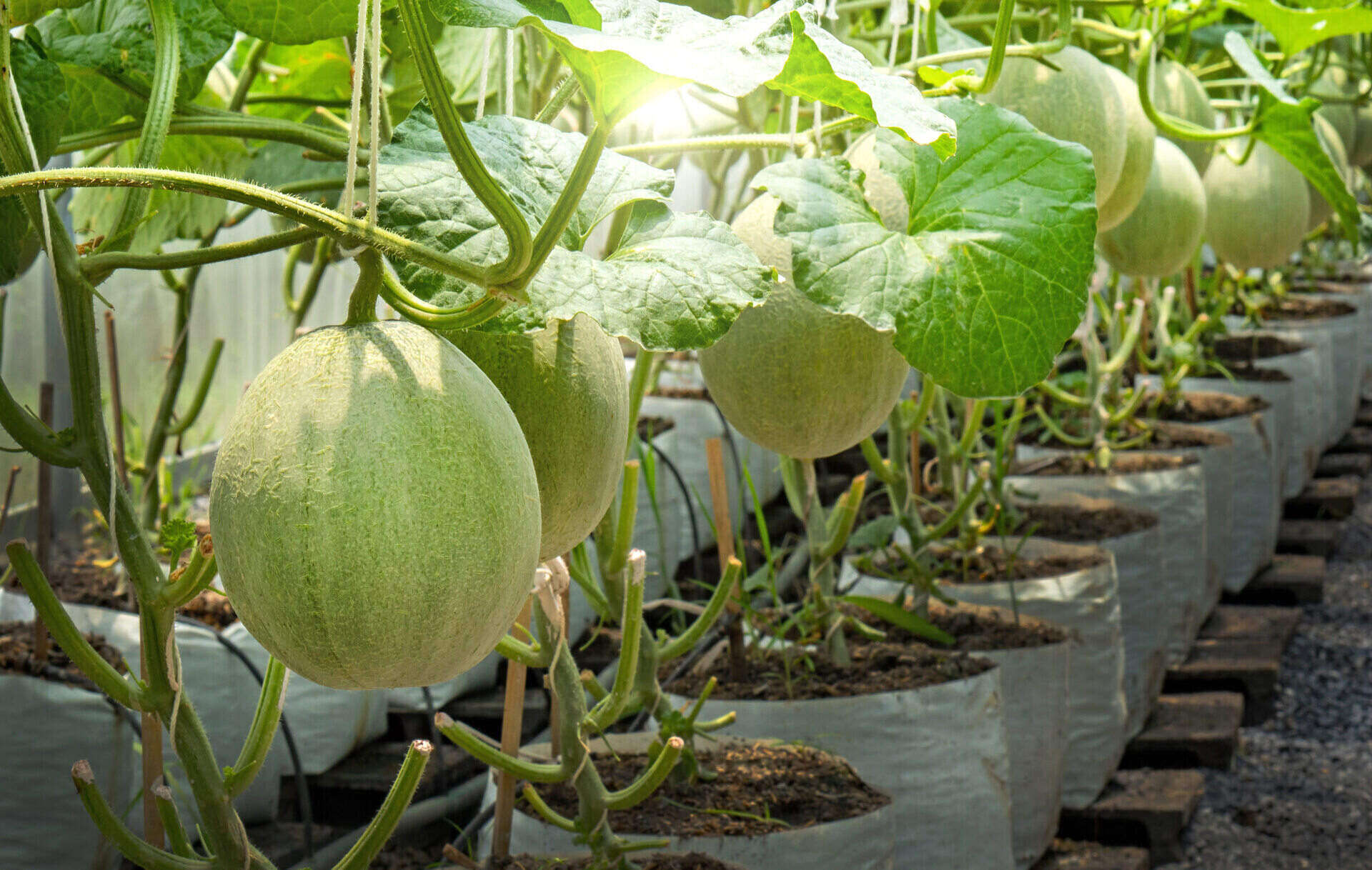
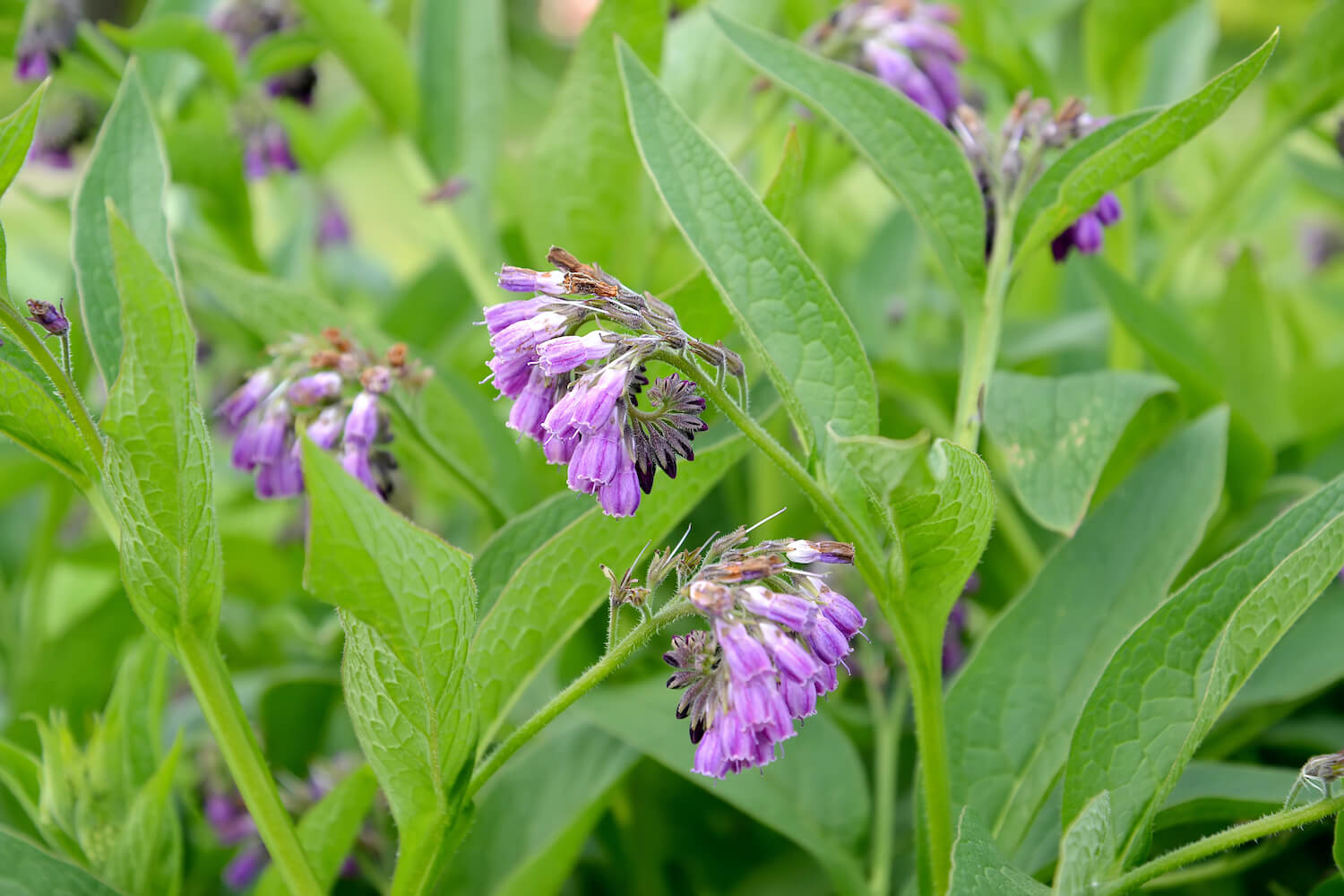
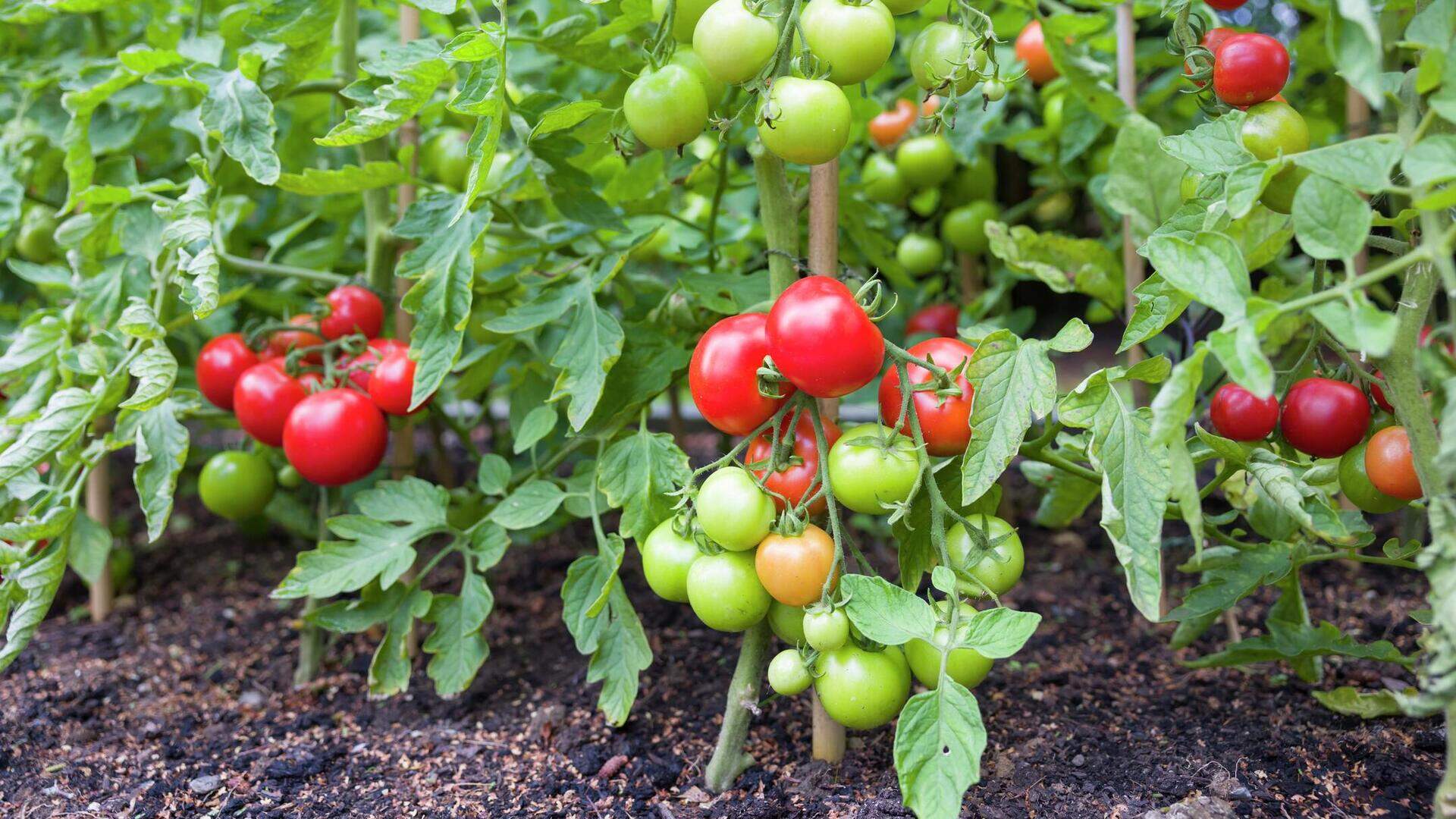
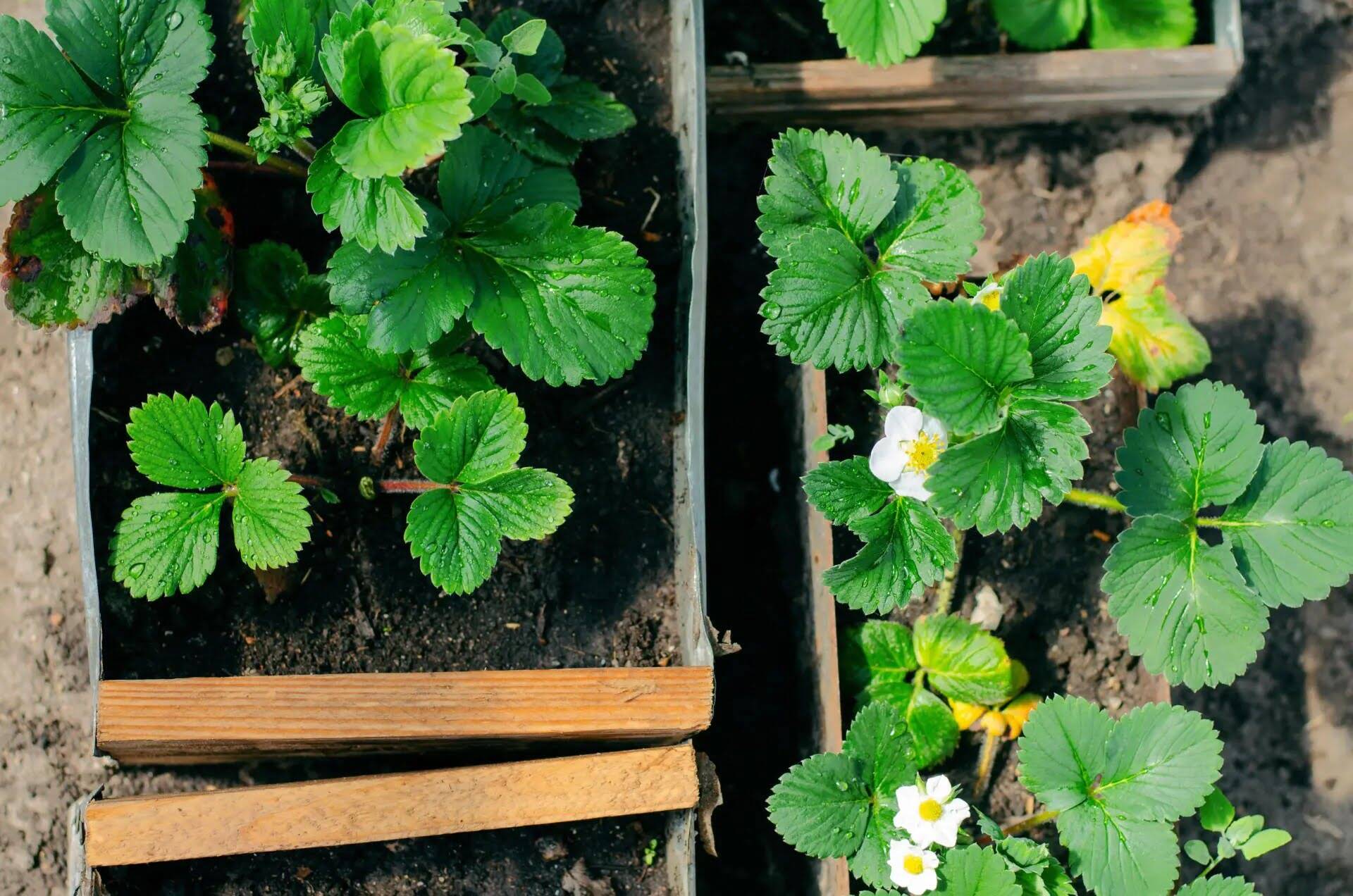
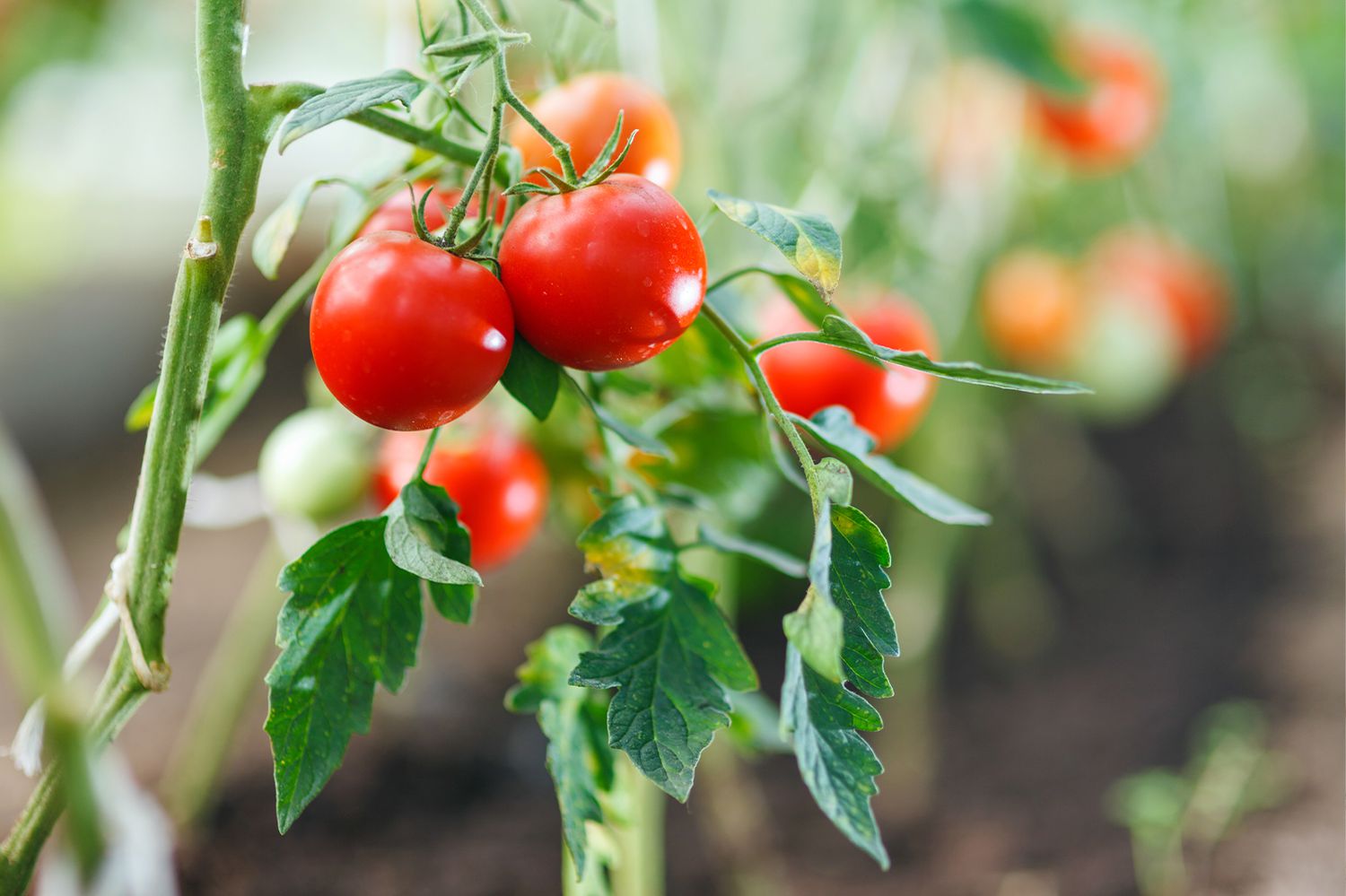

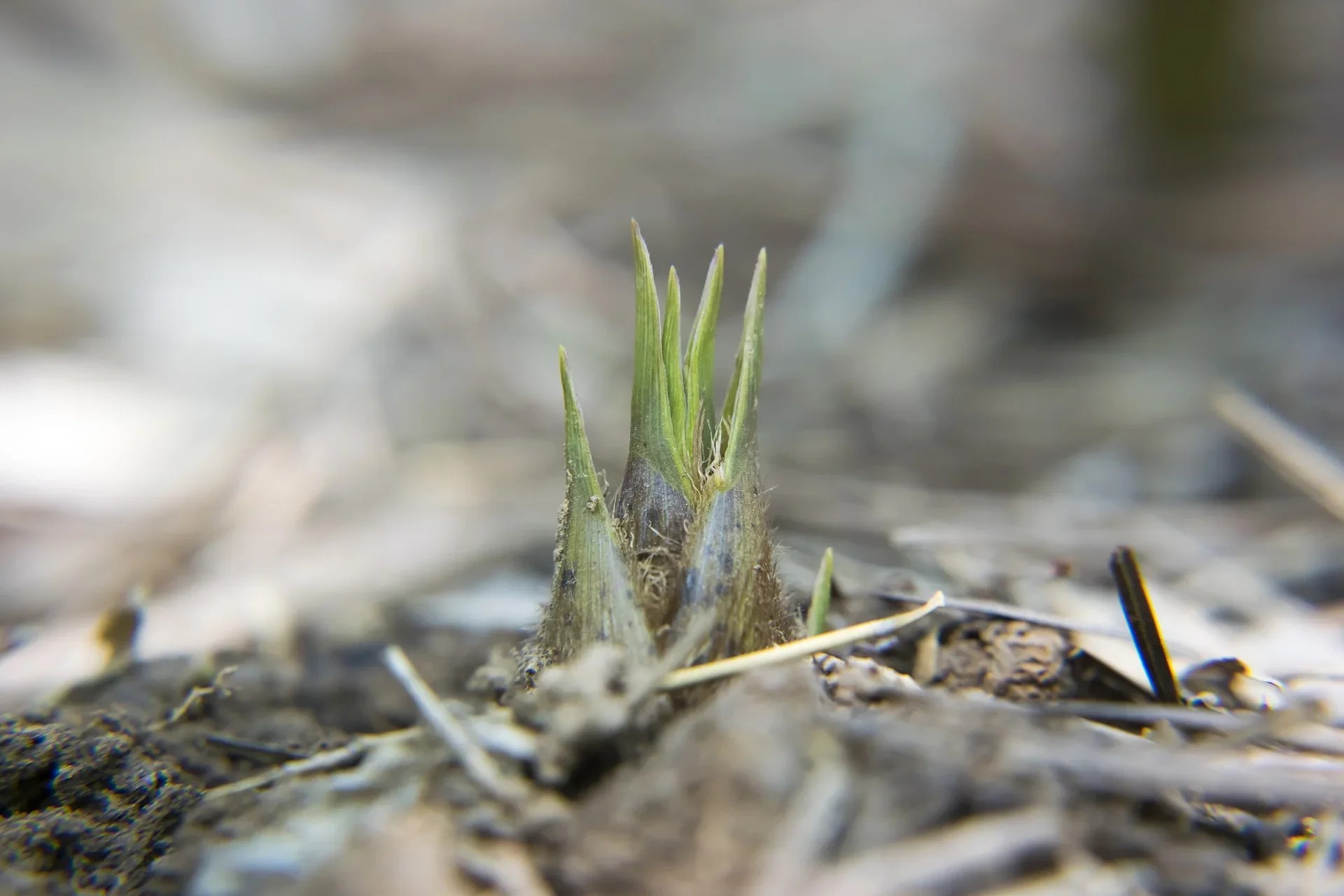
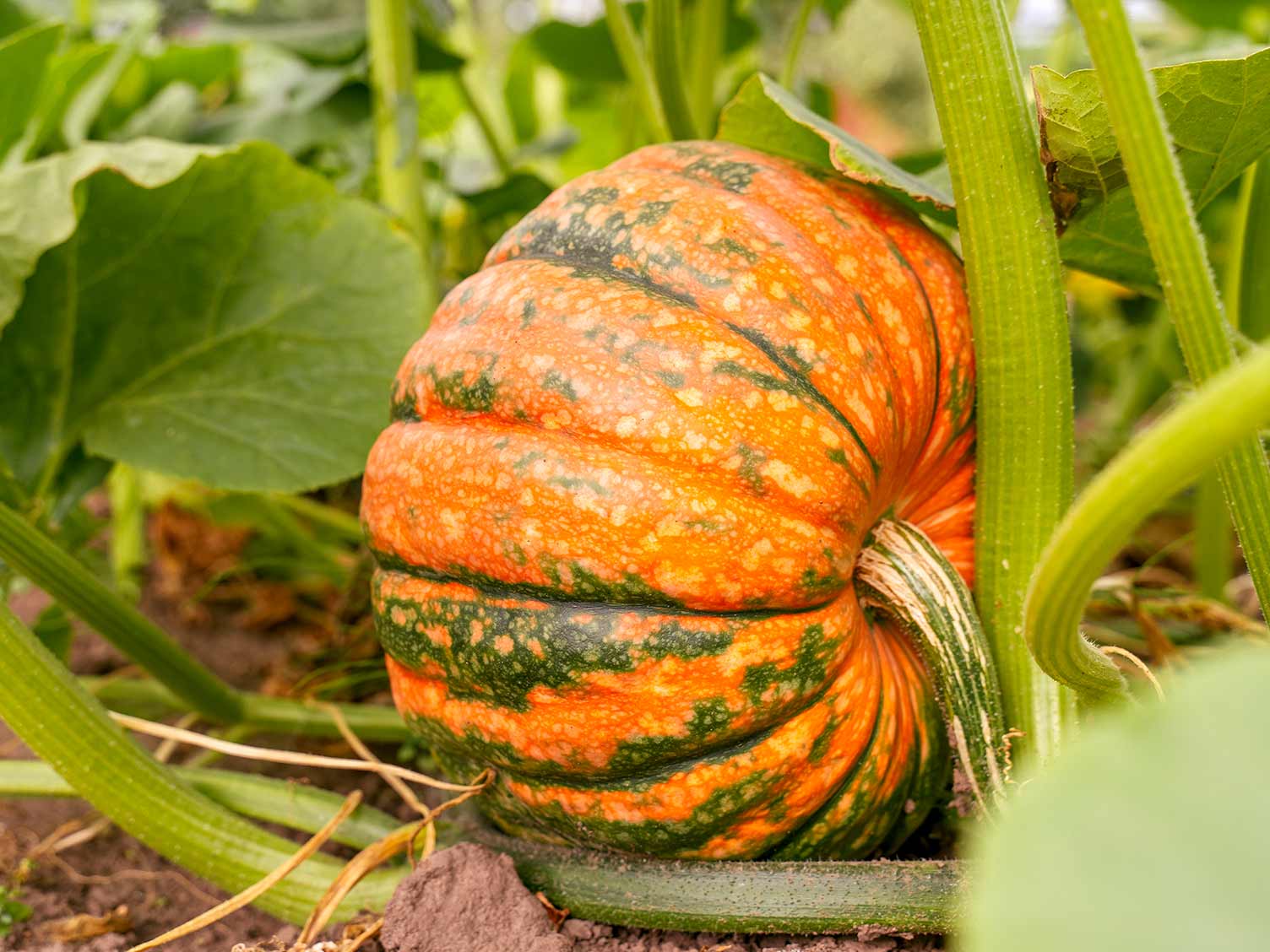
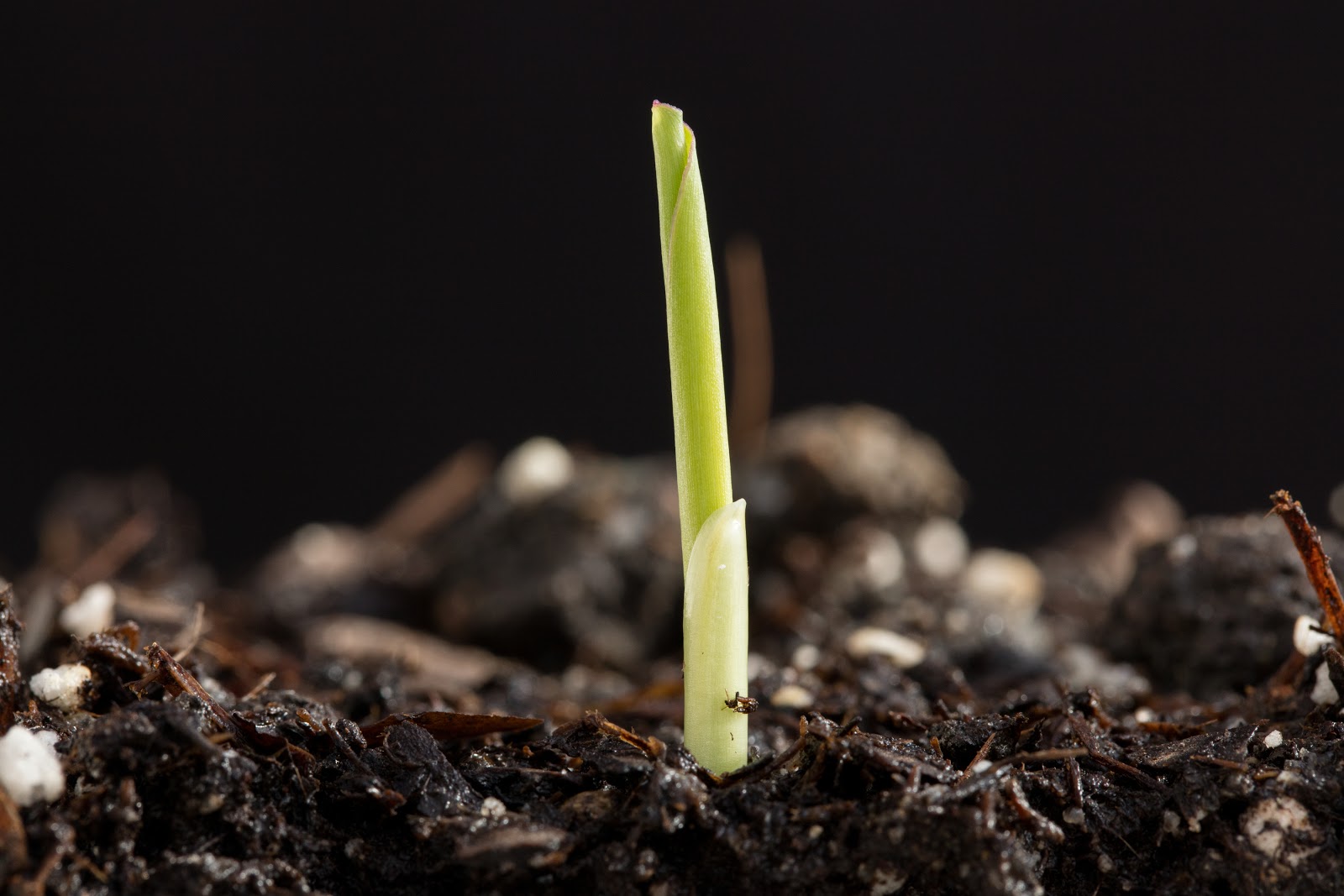
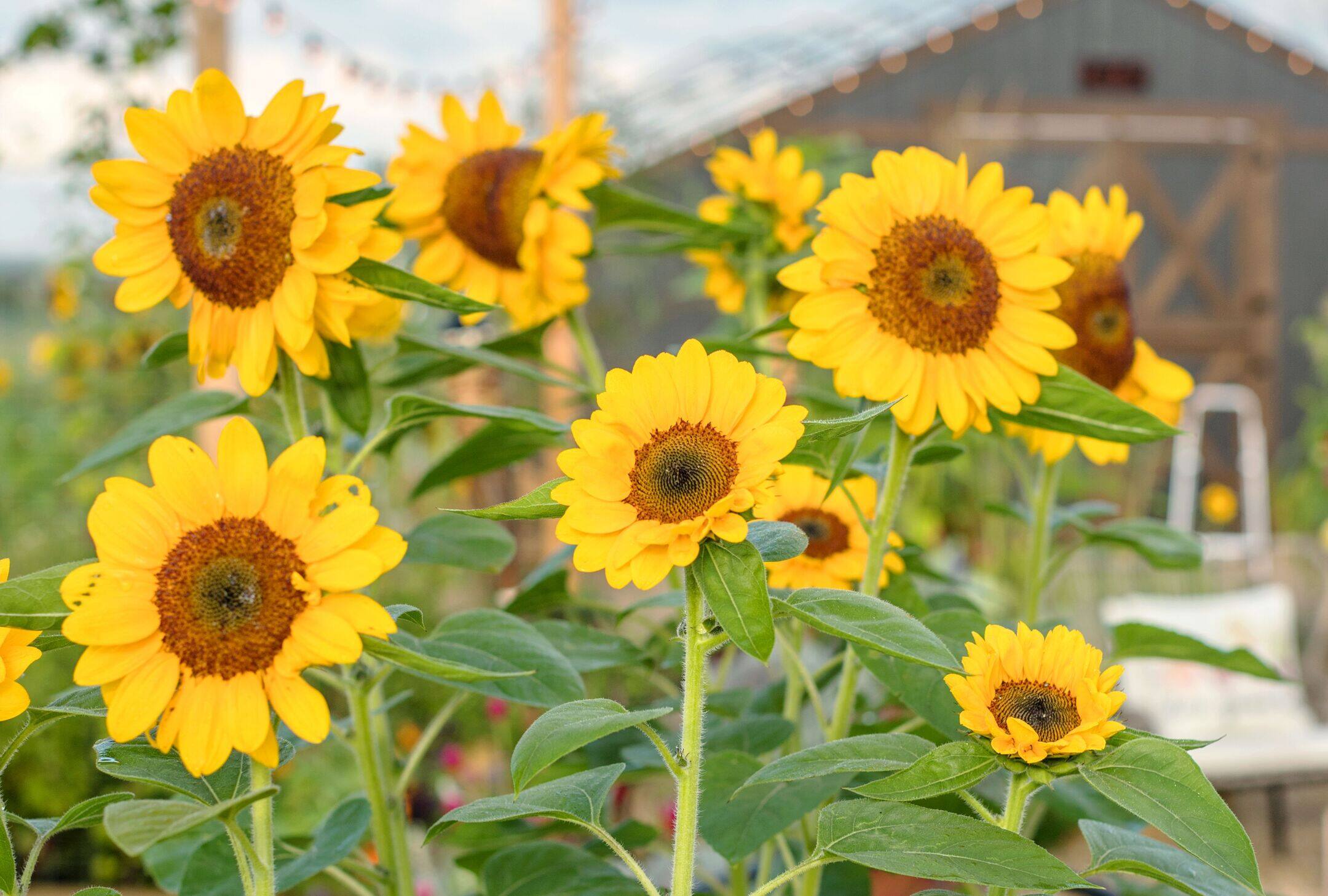
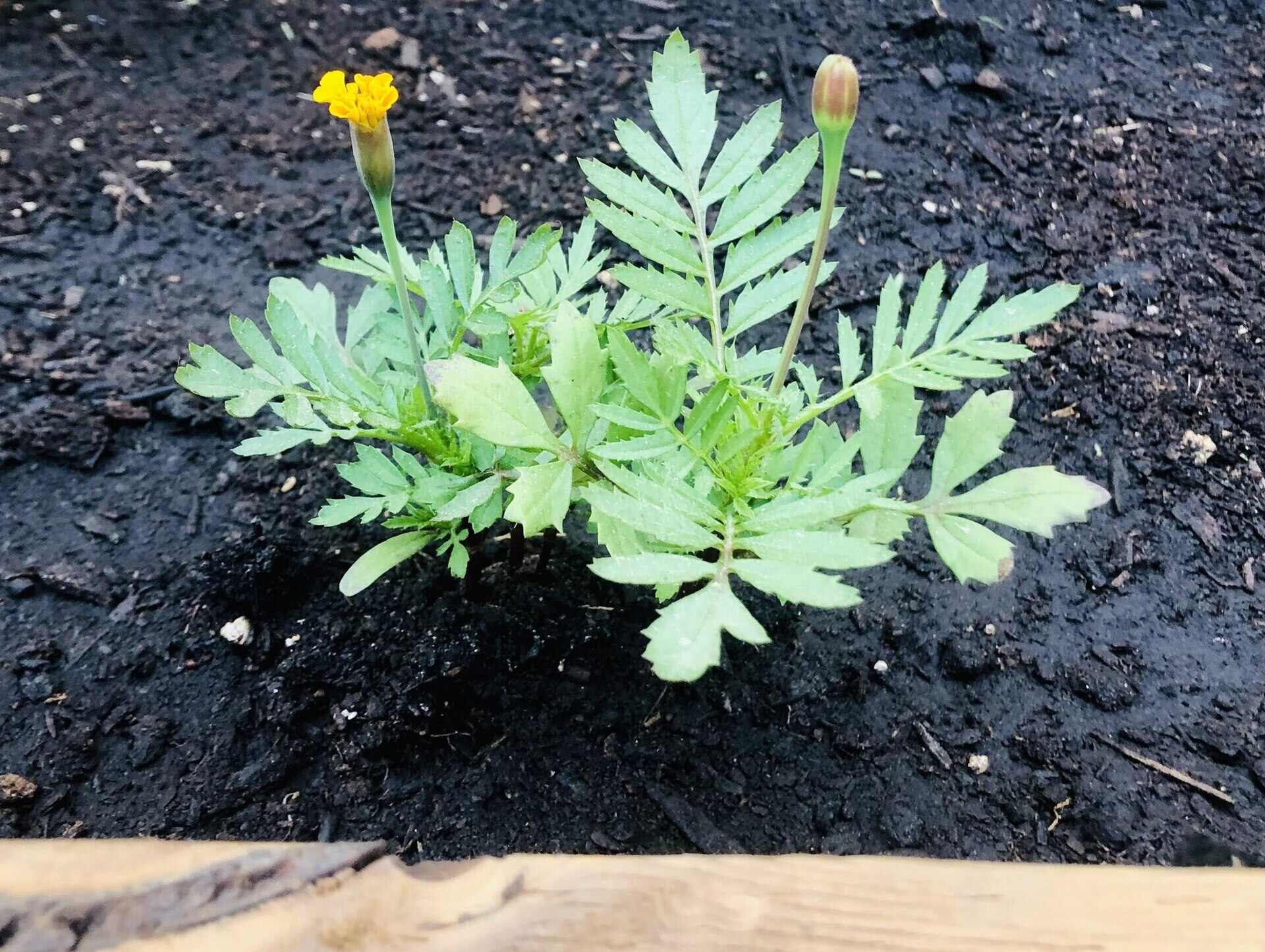
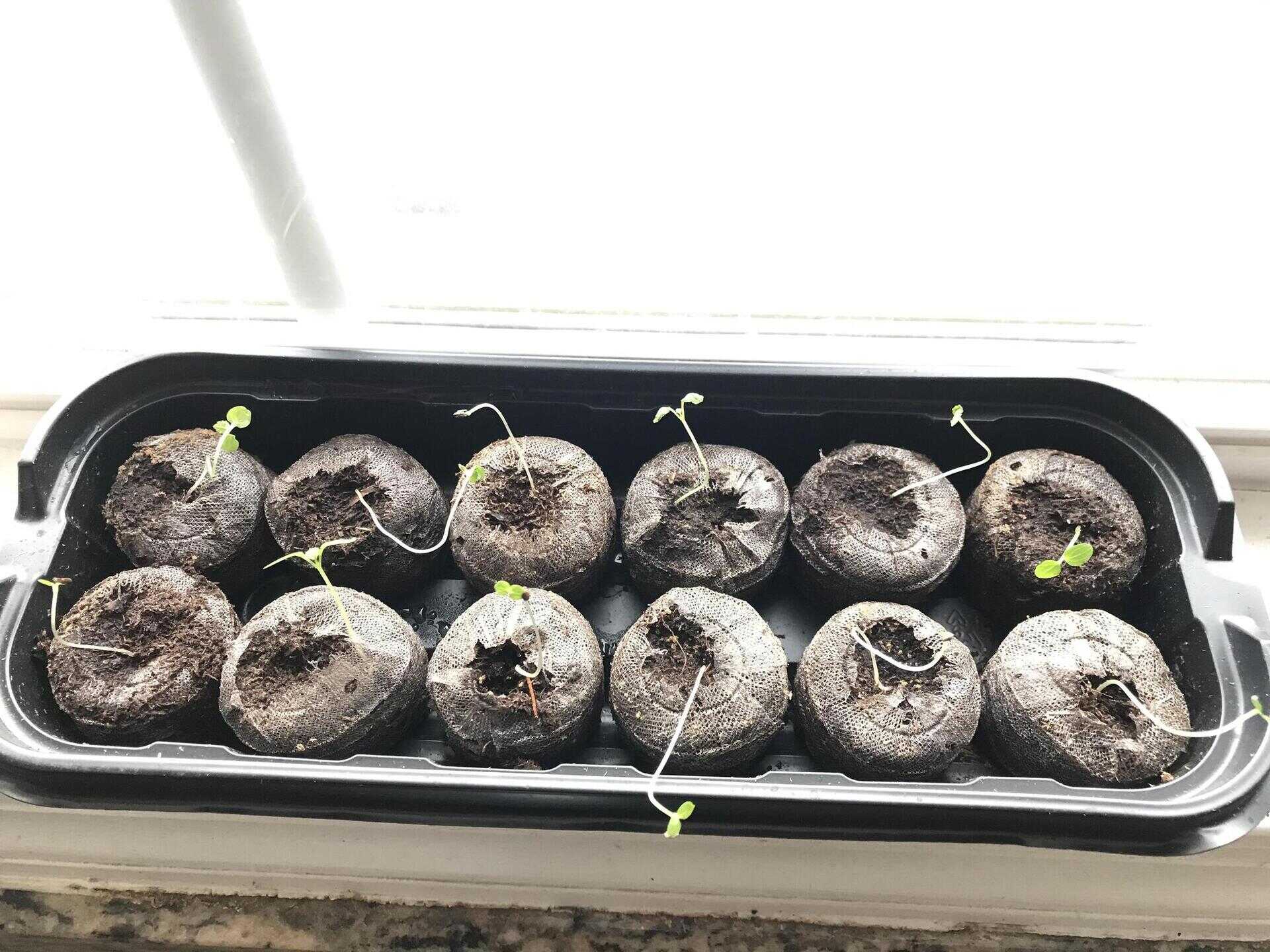
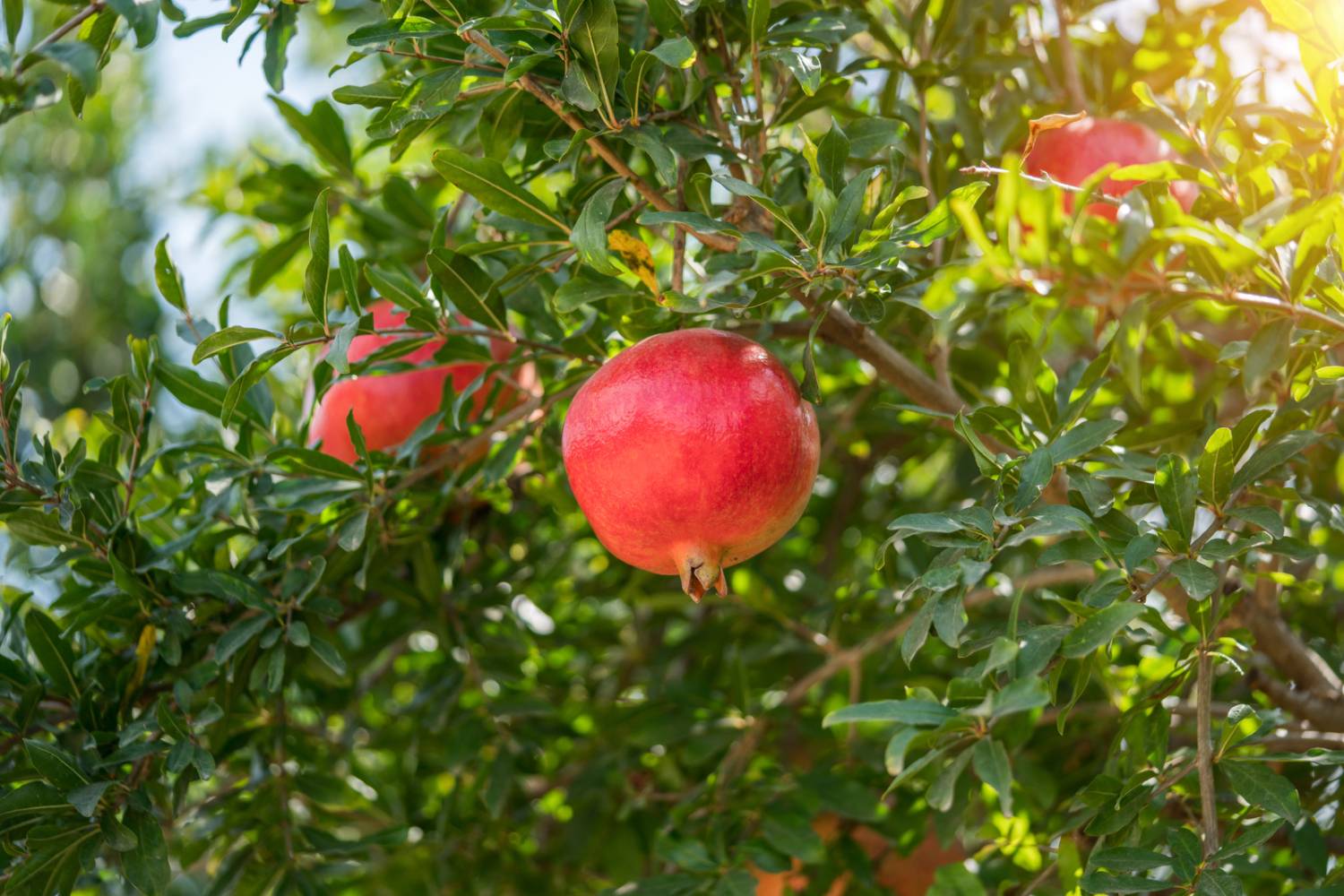

0 thoughts on “How Long Does It Take To Grow Carrots From Seed”